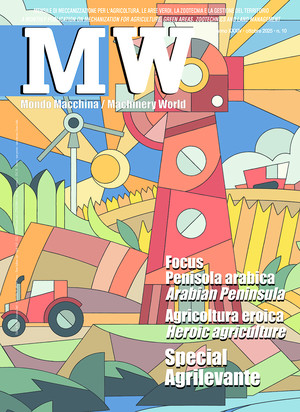
Agricultural machinery, the alliance between universities and companies
At the 44th edition of EIMA, the international exhibition of agricultural and gardening machinery, collaboration between universities and companies has been strengthened for the development of research and innovation in mechanics
The alliance between companies producing agricultural machinery and universities is getting closer and closer. This understanding allows companies to develop new products or innovate production processes to better respond to market demand, and universities come into contact with the production world.
Confirmation of the synergies between the world of production and the world of research arrived at the 44th EIMA International, and in particular at the workshop on innovation in mechanics and plant engineering applied to agrifood and forest biosystems promoted by the Department of Agrifood Science and Technology (Distal) of the University of Bologna and by Safe (Department of Agricultural, Food and Environmental Sciences) of the University of Foggia, in collaboration with FederUnacoma. Distal and Safe organised the seminar in order to enhance the study path of PhDs, which in this field follow the completion of a master's degree.
“When we talk about innovation, we are referring to both agricultural machinery and plant engineering in the agrifood sector. We have two realities that travel at different speeds. On the one hand,” explains Michele Mattetti, lecturer in agricultural mechanics of the Alma Mater, “there are the large companies that invest heavily in research and development. On the other hand, there are the small companies that find it more difficult to sustain these investments.” For both companies and universities, the partnership that every year brings twenty trainees to companies in Emilia-Romagna alone is strategic. “A fruitful collaboration,” Mattetti continues, “which almost always ends in the student being hired, and which allows the university to be in close contact with the production system. Indeed, very often research comes from the needs of companies”.








